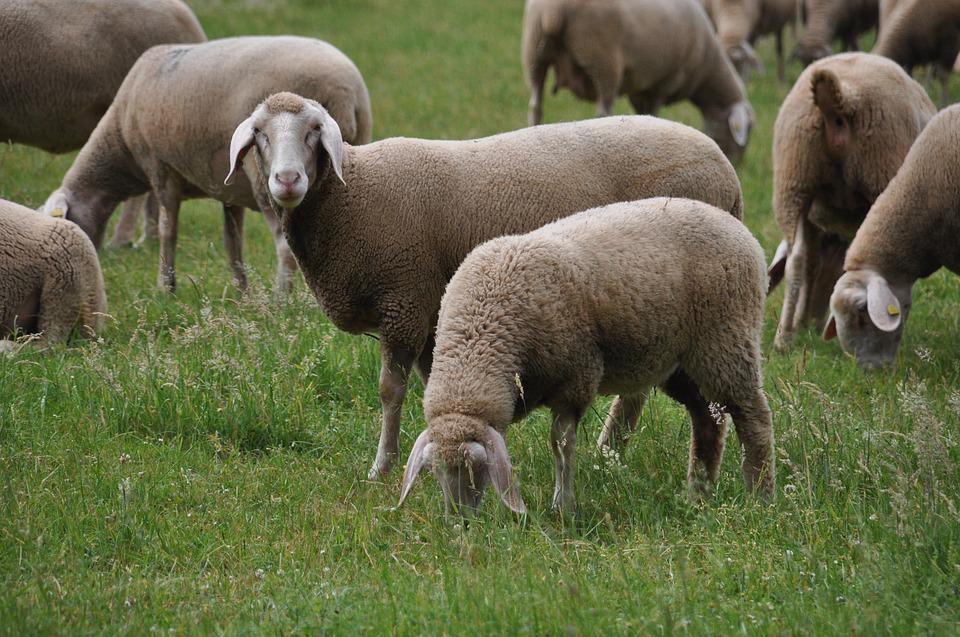



Article by: Hari Yellina
Over a third of sheep breeders in the country want to expand their flocks, while 60% plan to maintain their current size. According to the results of the latest Meat and Livestock Australia (MLA) and Australian Wool Innovation (AWI) sheep meat and wool study, only 7% of respondents plan to downsize their flocks. The survey results from February 2022 are a valuable instrument for revealing the production actions and plans of sheep producers in MLA’s specified sheep producing districts. The results, which were released last week, also revealed the quantity and type of breeding ewes on hand, indicating whether a move toward wool or meat-producing breeds is on the cards.
According to the poll, 74 percent of the 42,351,464 breeding ewes on hand are Merino, or wool-producing, and 26 percent are non-Merino. Breeding ewe numbers have increased by 3 percent year over year to 1.1 million head, according to MLA market intelligence specialist Ripley Atkinson, as the national flock continues to rise. “As a result of the huge increase in ewe numbers, the mutton market will see increased activity for the rest of the year,” Mr Atkinson added. Last year’s strong producer intentions were fueled by ongoing robust seasonal conditions in key sheep-producing regions of New South Wales and Victoria, as well as favourable autumn and winter rainfall in Western Australia.
Meanwhile, the survey discovered that 56 percent of the 19,487,990 lambs on hand are pure bred Merino and 44 percent are not. Many Merino farms may be found in northern NSW, Queensland, and Western Australia’s wheatbelt, while the bulk of non-Merino dominating farms can be found in SA, VIC, and southern NSW. NSW has seen the highest year-on-year increase in breeding ewes, up 8% to 17.6 million, although there are 15,300 fewer lambs on hand. Between November 2021 and February 2022, 5.3 million lambs were marked, with Merino accounting for 63 percent of the total. Marking rates for pure meat breeds were 16 percent, while first-cross marking rates were 9 percent.
According to the findings, 5.8 million ewes were enrolled, with national marking rates of 83 percent for Merinos and 99 percent for non-Merino breeds. The predicted sales in the following four months, according to Mr. Atkinson, will give an indication of the future make-up of the national flock. “Merino is predicted to account for 32 percent of the 8,031,561 expected sales, with pure meat accounting for 27 percent, first-cross accounting for 25 percent, and all other breeds accounting for 16 percent,” he said.